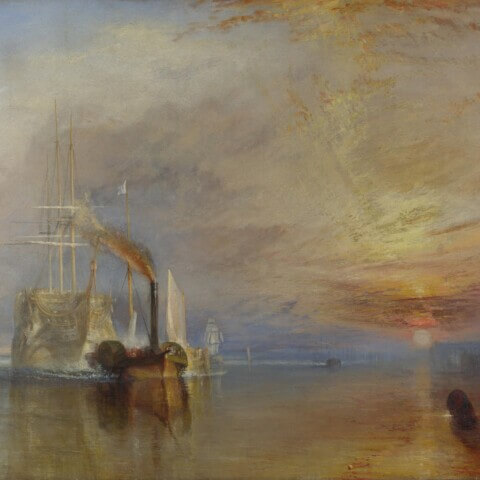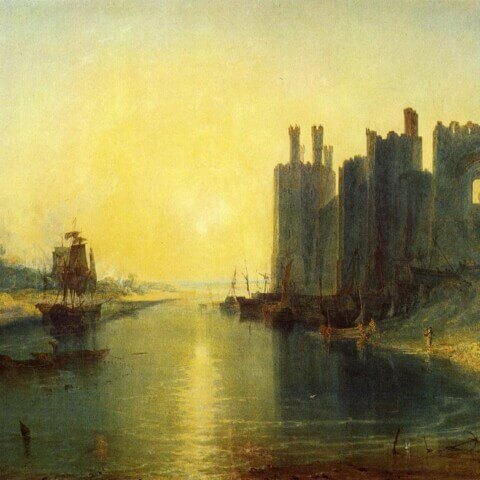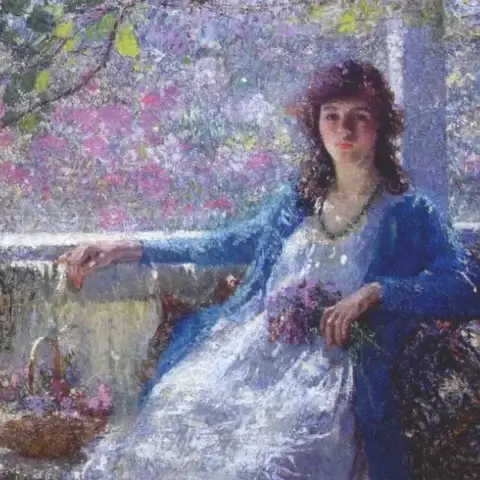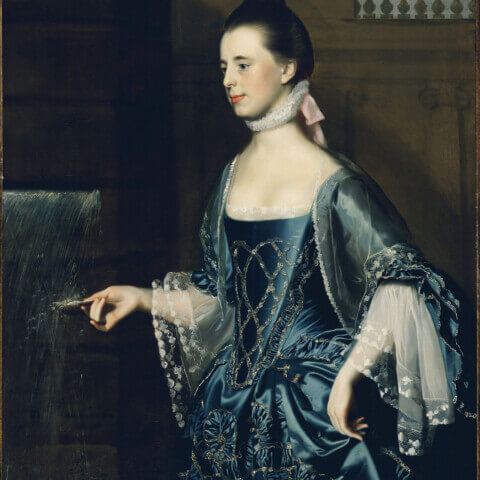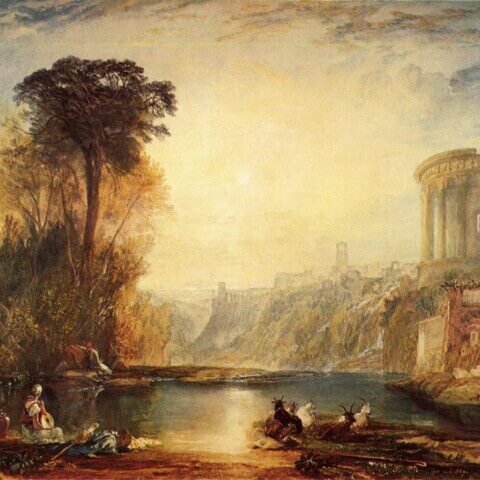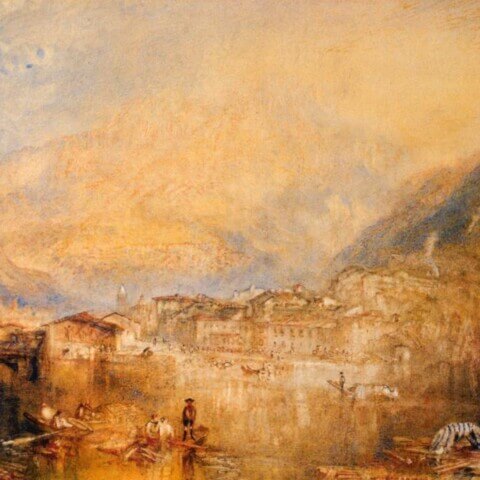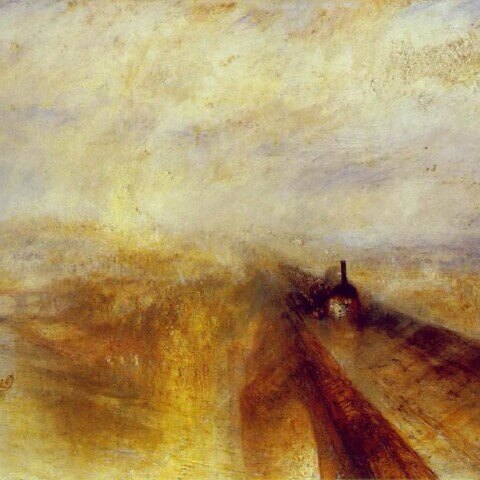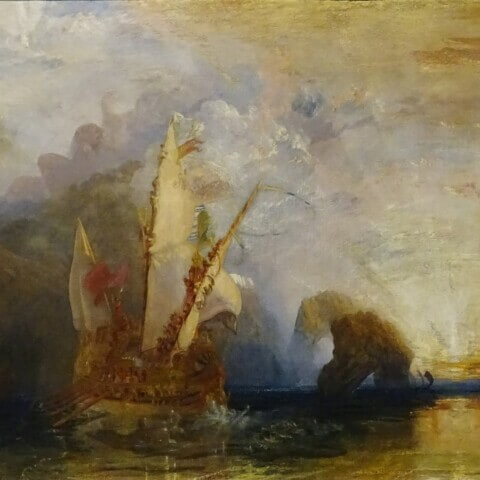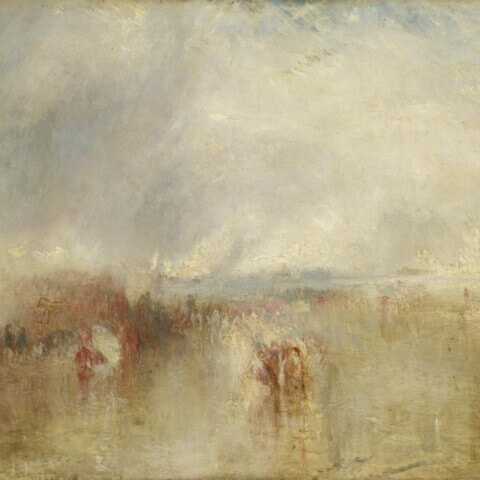Joseph Mallord William Turner
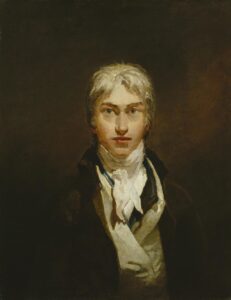
Joseph Mallord William Turner (1775-1851) was a prominent British landscape painter and watercolorist, recognized for his innovative and expressive interpretations of light, color, and atmosphere. His groundbreaking work significantly influenced the Romantic movement in art, earning him the title “the painter of light.”
Turner was born on April 23, 1775, in Covent Garden, London, to a barber and wig maker. His mother was mentally unstable, and his father raised him after she was institutionalized. Early on, he demonstrated a remarkable aptitude for art and enrolled at the Royal Academy of Art Schools at the age of 14, where he developed his talent and honed his technical skills.
Throughout his career, Turner traveled extensively, drawing inspiration from the diverse landscapes he encountered across Europe. He painted a variety of subjects, including historical events, natural elements, and architectural structures. His work became known for its remarkable color palette and the evocative atmospheres he created, capturing both the tranquility and the destructive power of the natural world.
Notable works such as “The Fighting Temeraire” (1839) and “Rain, Steam and Speed – The Great Western Railway” (1844) demonstrate his ability to evoke a sense of time and place and to explore the interplay of light and color in capturing atmospheric effects. These works hint at the onset of Impressionism and modernism in the art world, making Turner a figure of considerable forward-thinking influence.
Although criticized by some contemporaries for his progressive style and often abstracted depictions, Turner was deeply respected by others and recognized by the Royal Academy, where he was accepted as a full member at the age of 26. His later years saw an even greater departure from conventional techniques and presentation, and his work began to exhibit qualities of the abstract and symbolic.
Turner continued to paint and travel until his health declined in the late 1840s. Upon his death in 1851, he left the bulk of his work to the British nation, resulting in the largest collection of his art at the Tate Britain. Turner’s pioneering contributions to art continue to be celebrated today, and his profound influence on the course of landscape painting and the Romantic movement remains unrivaled.

